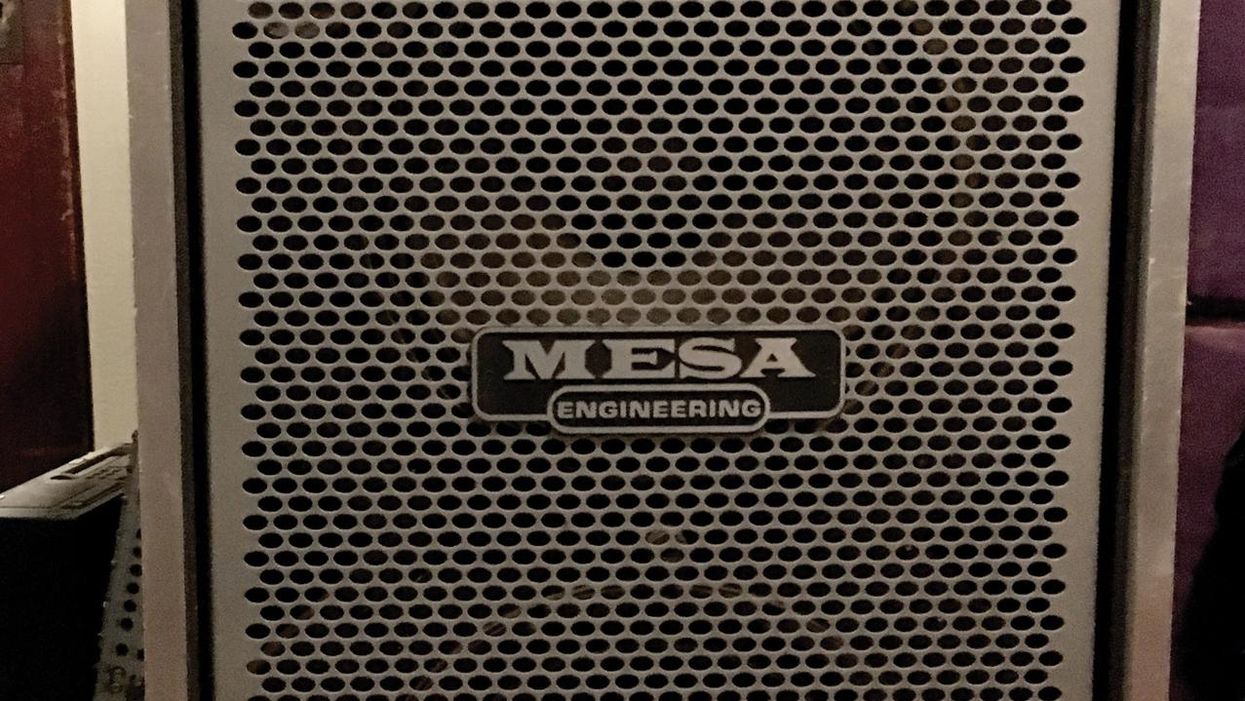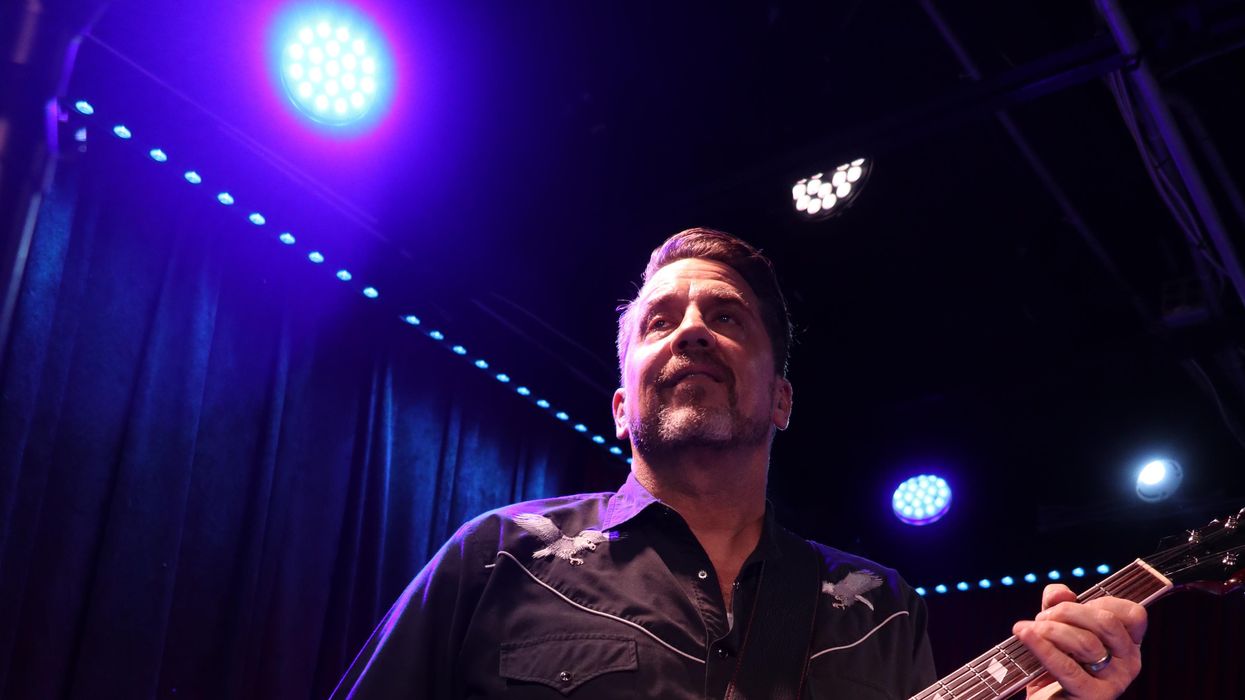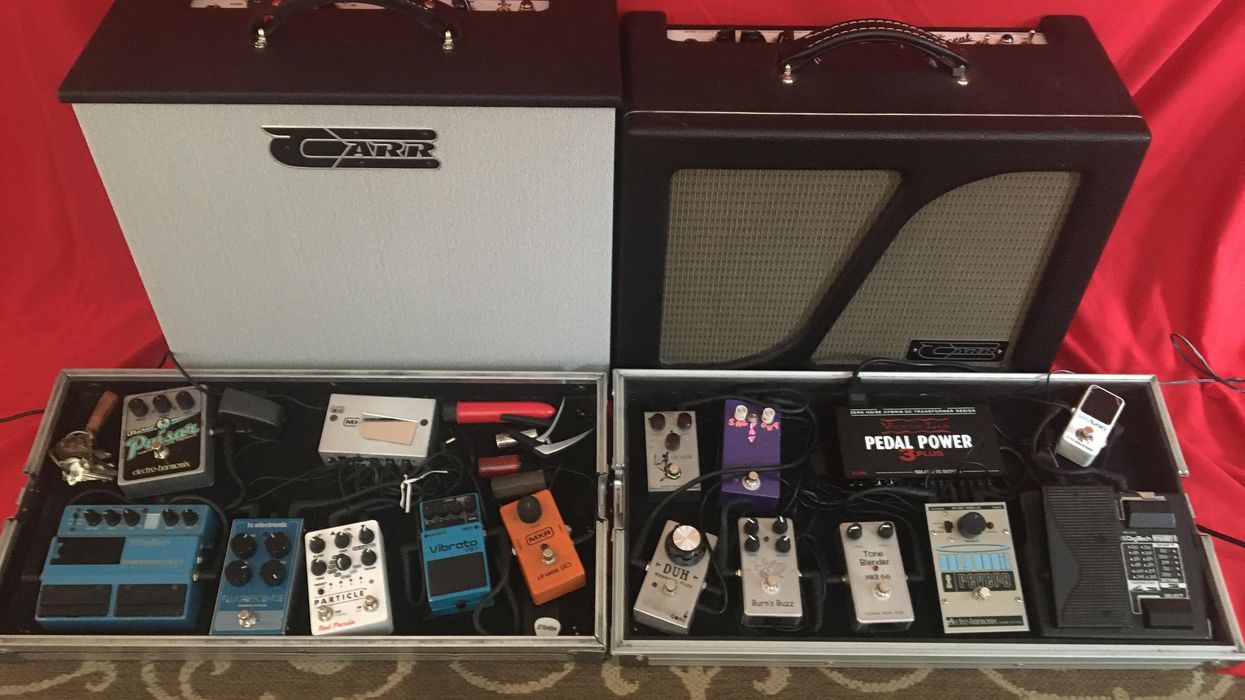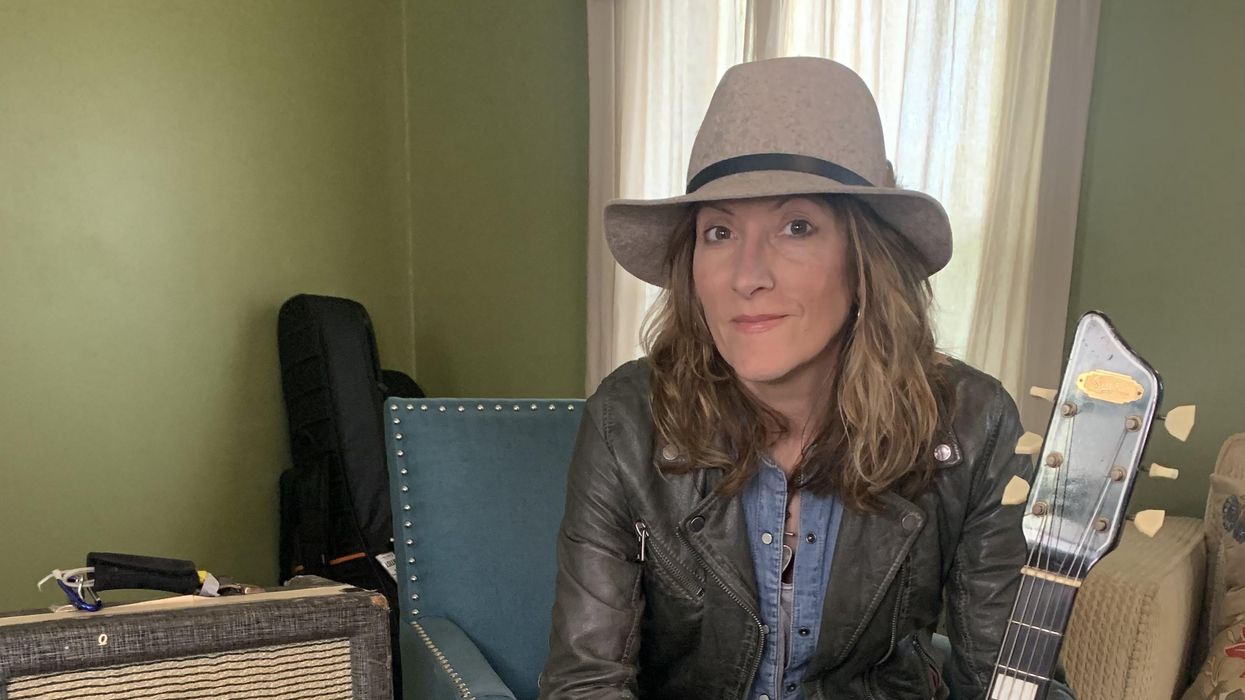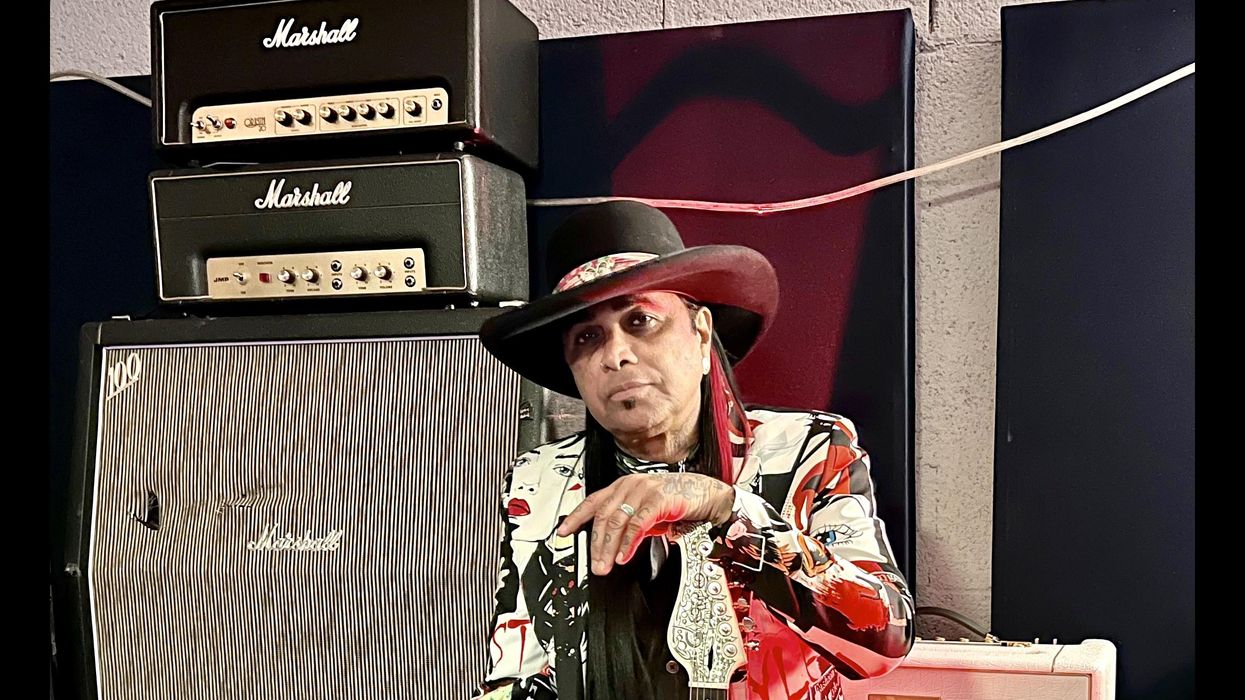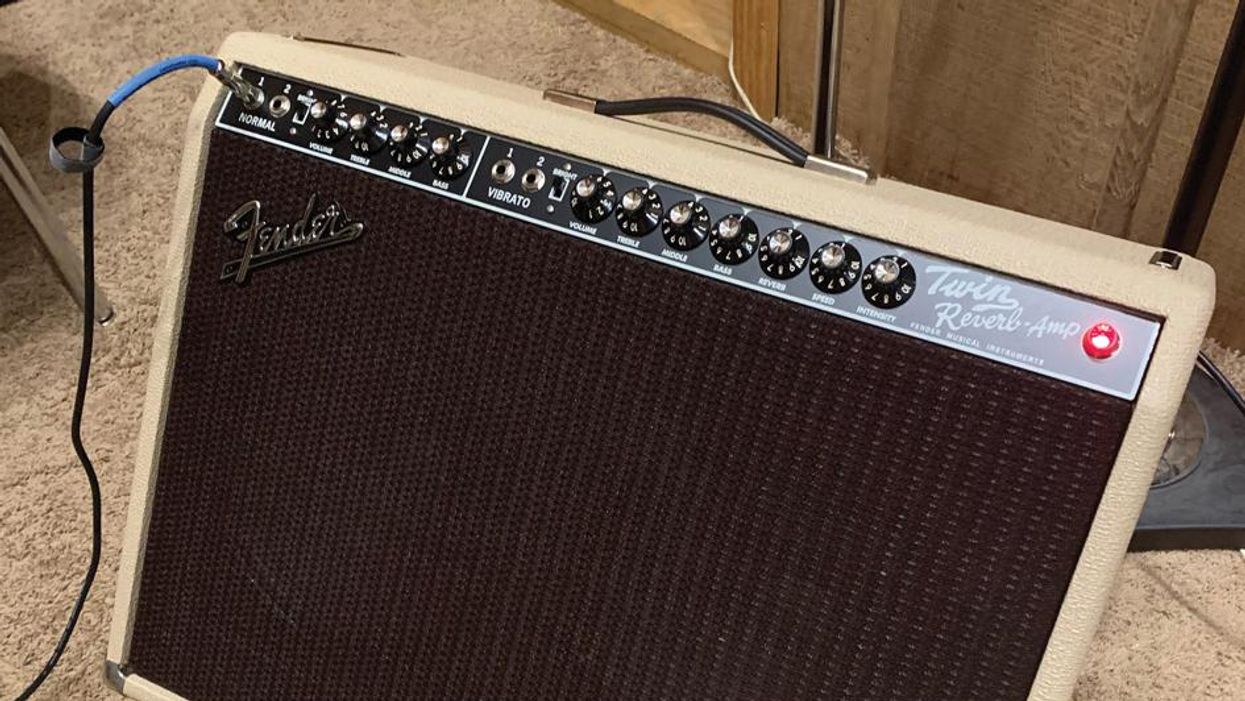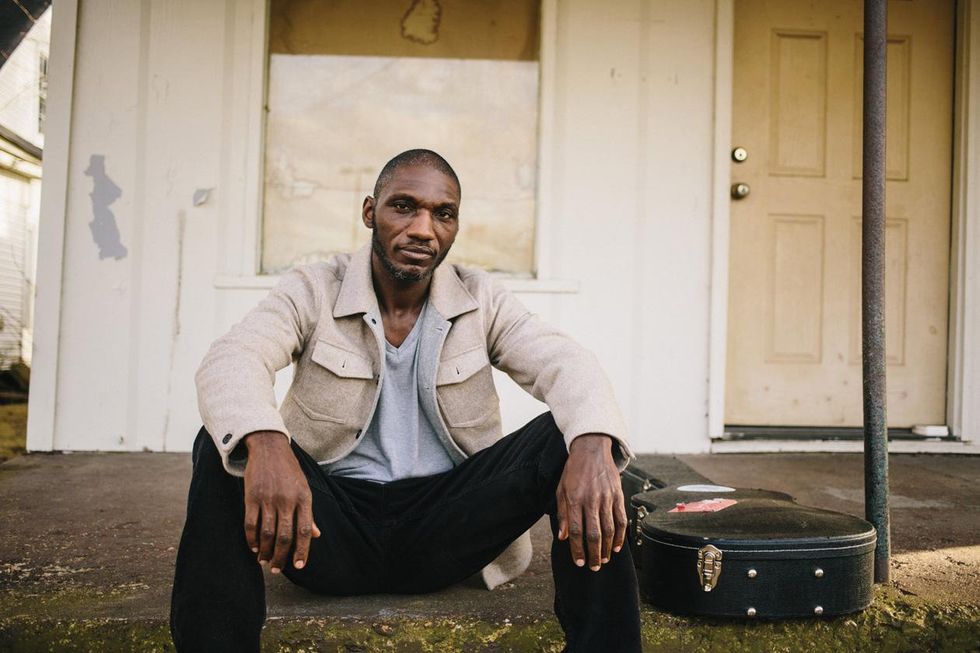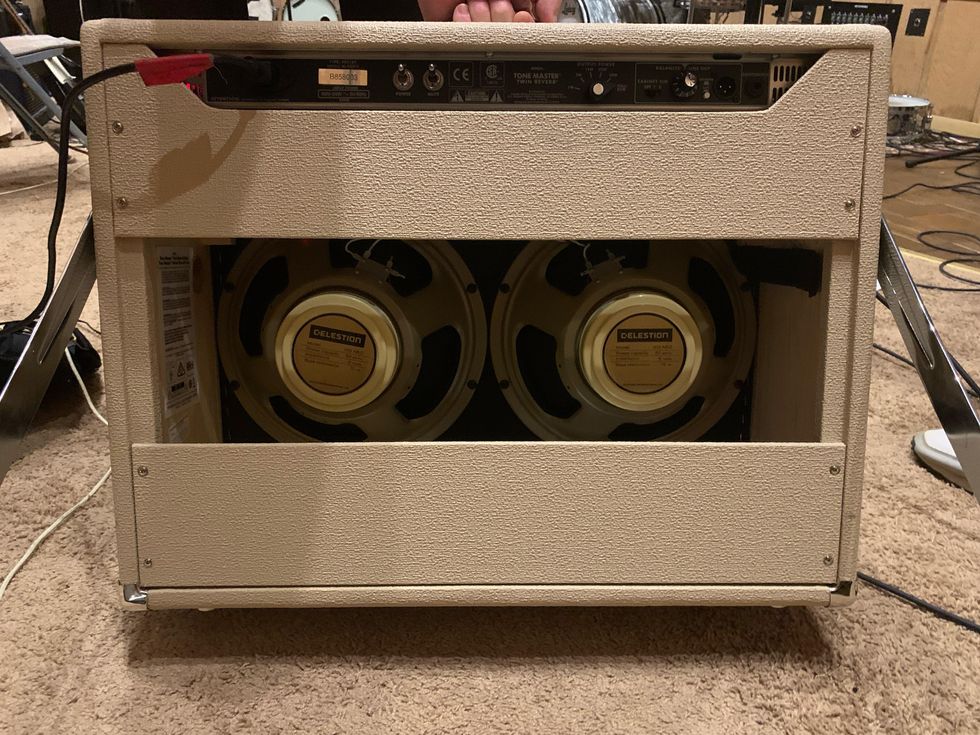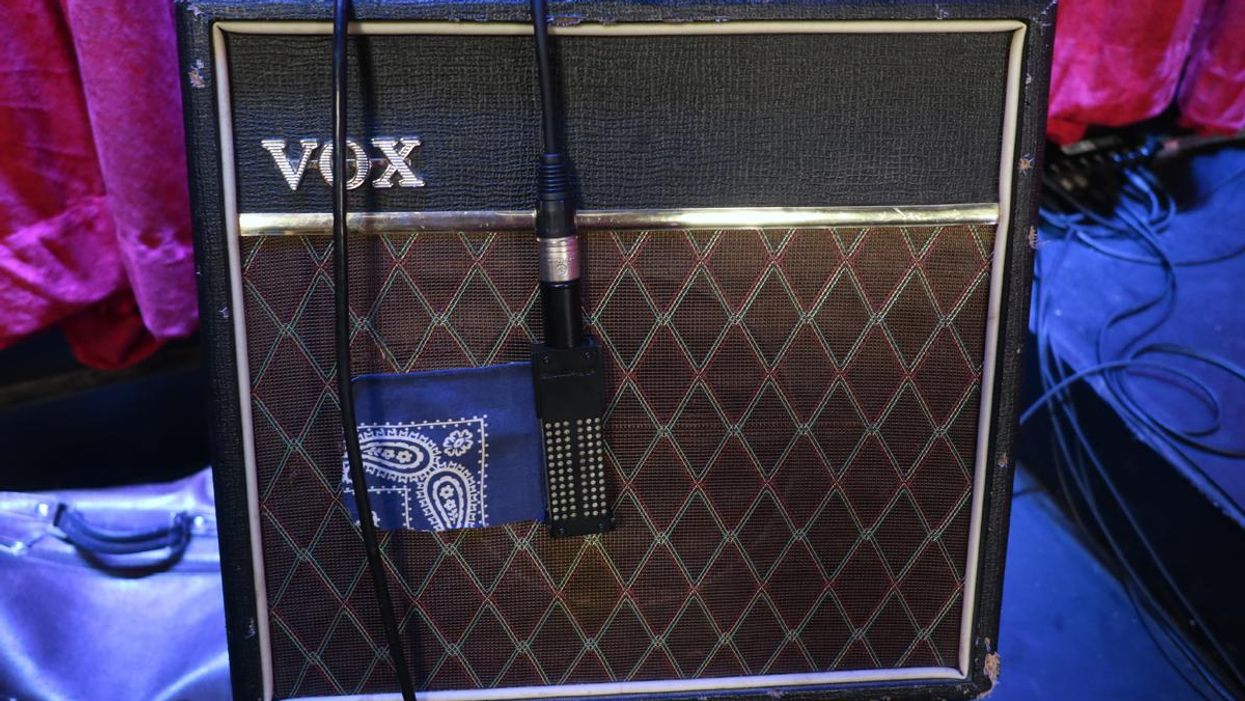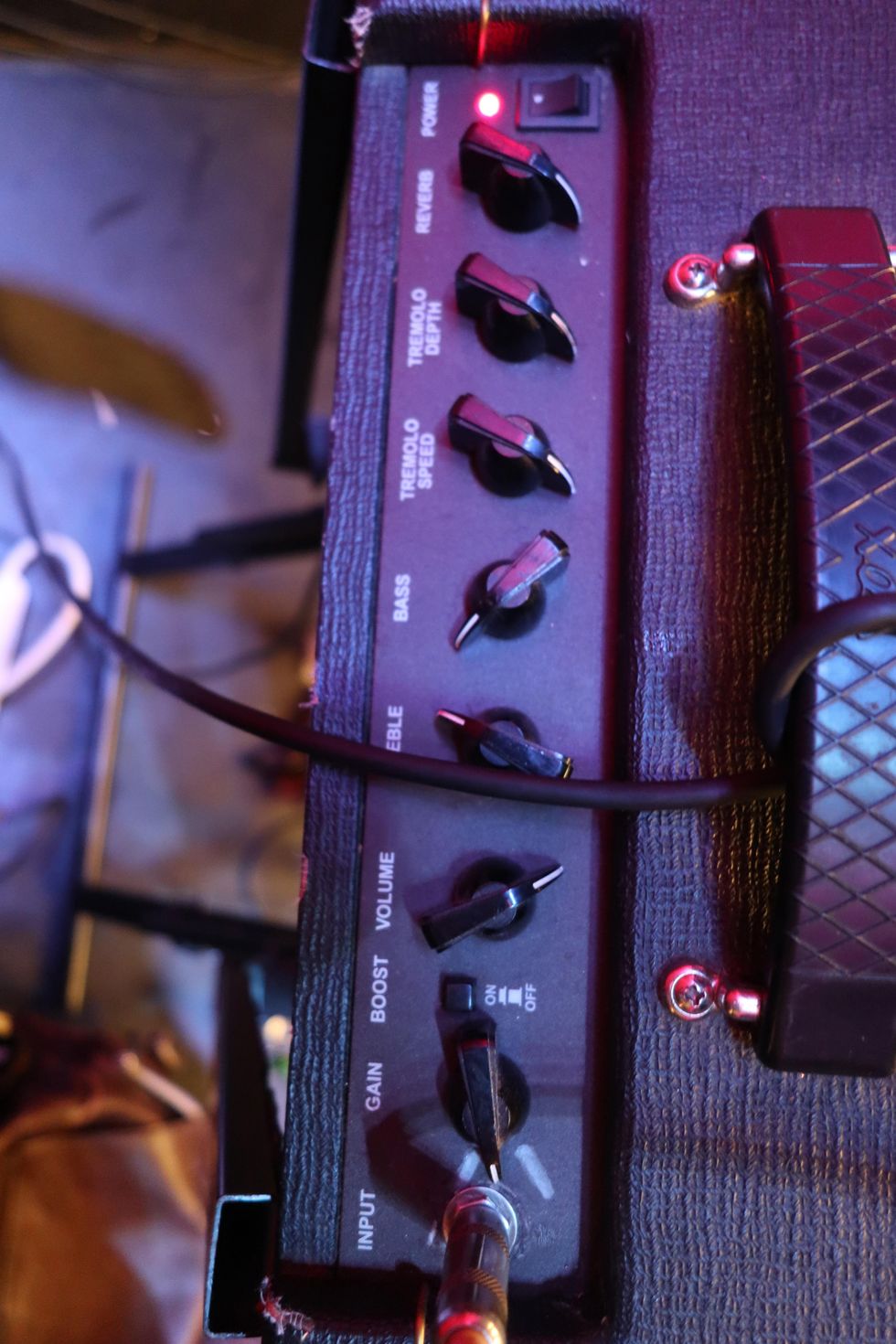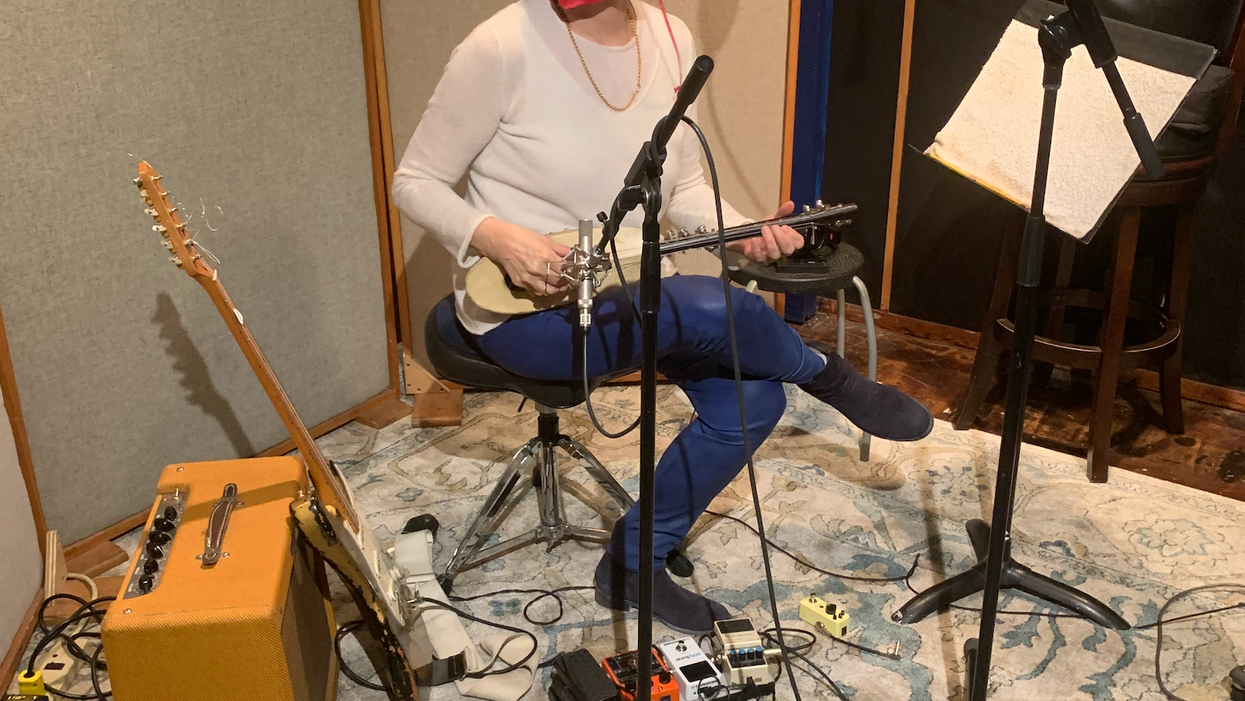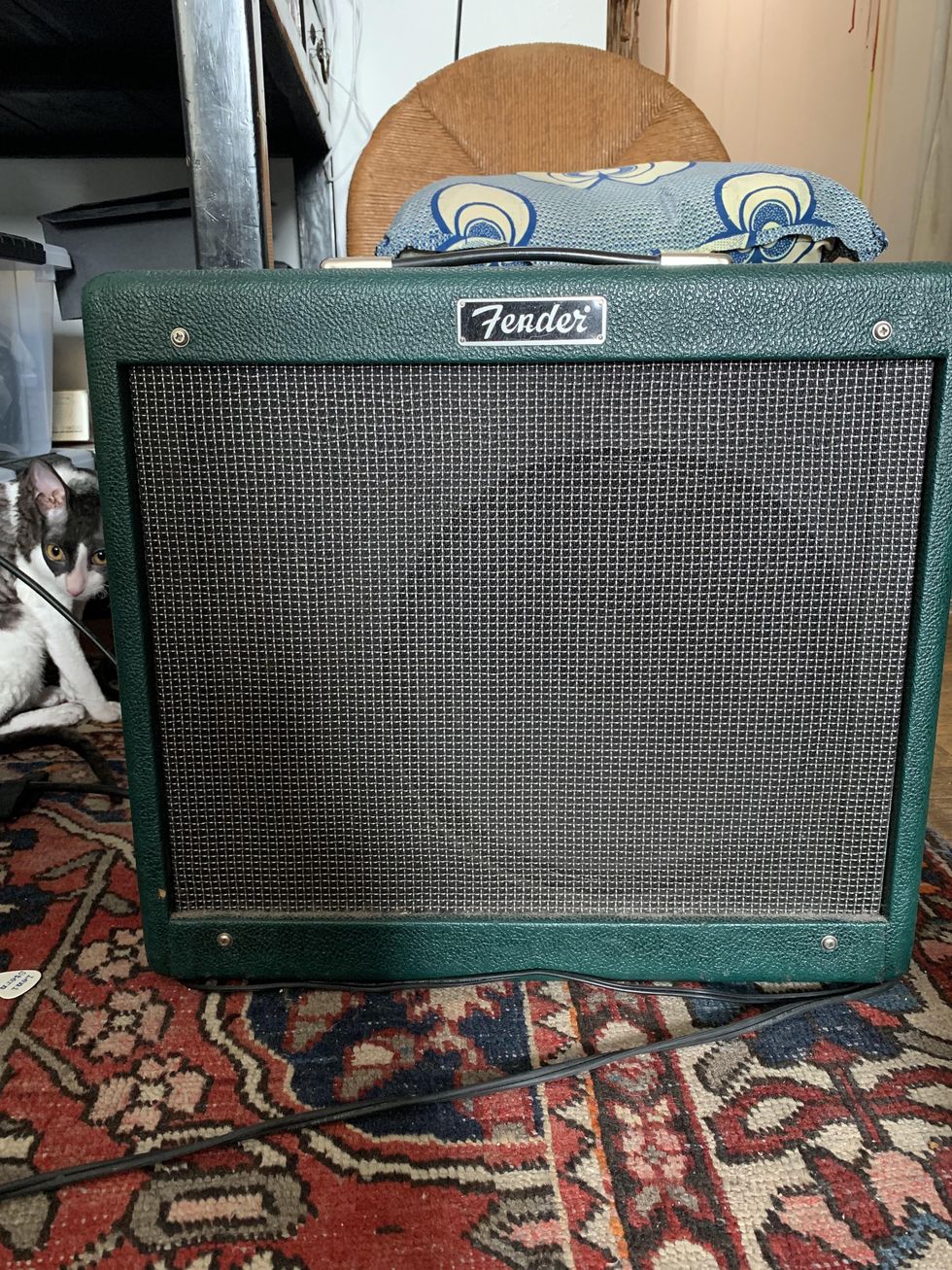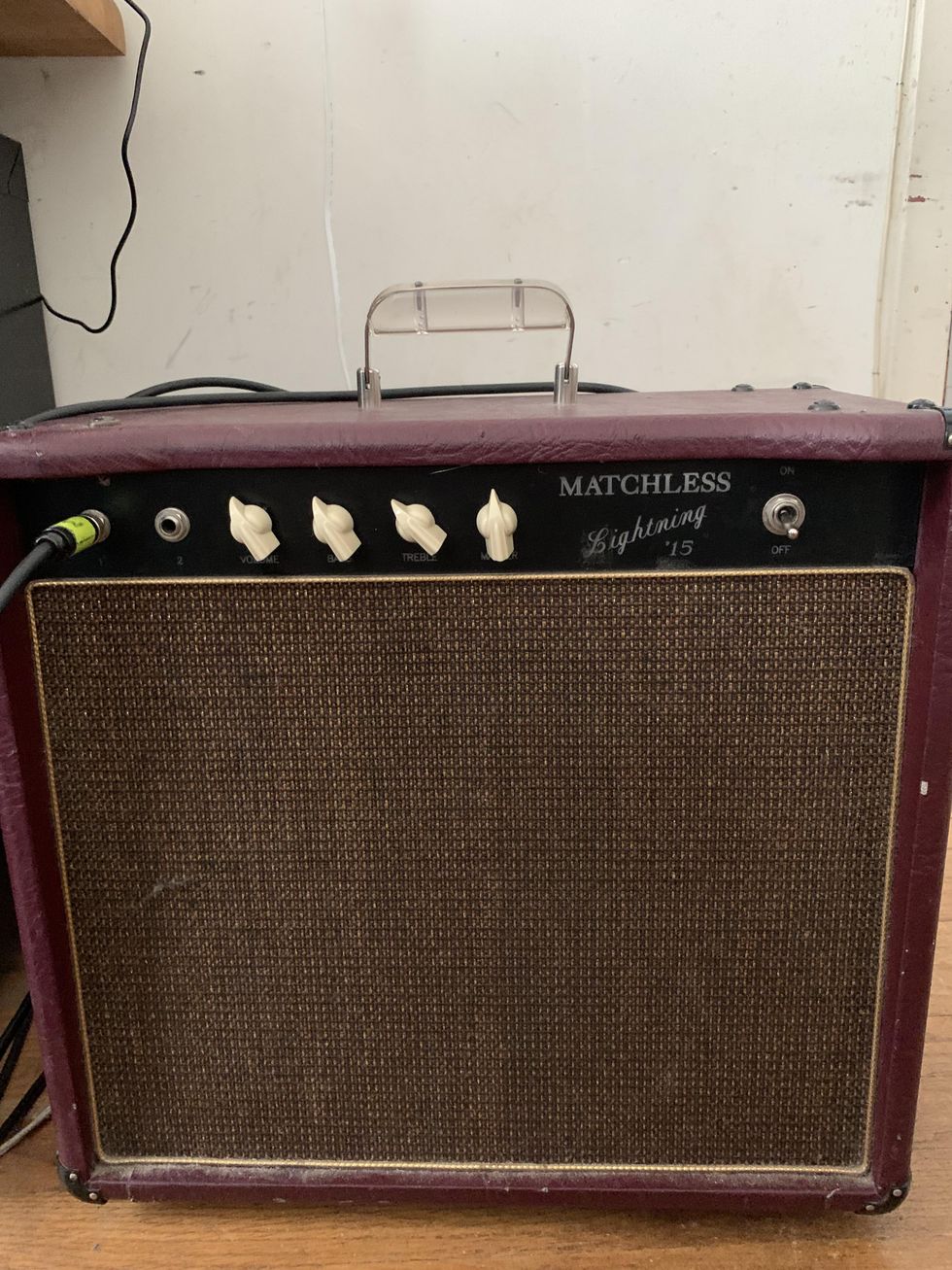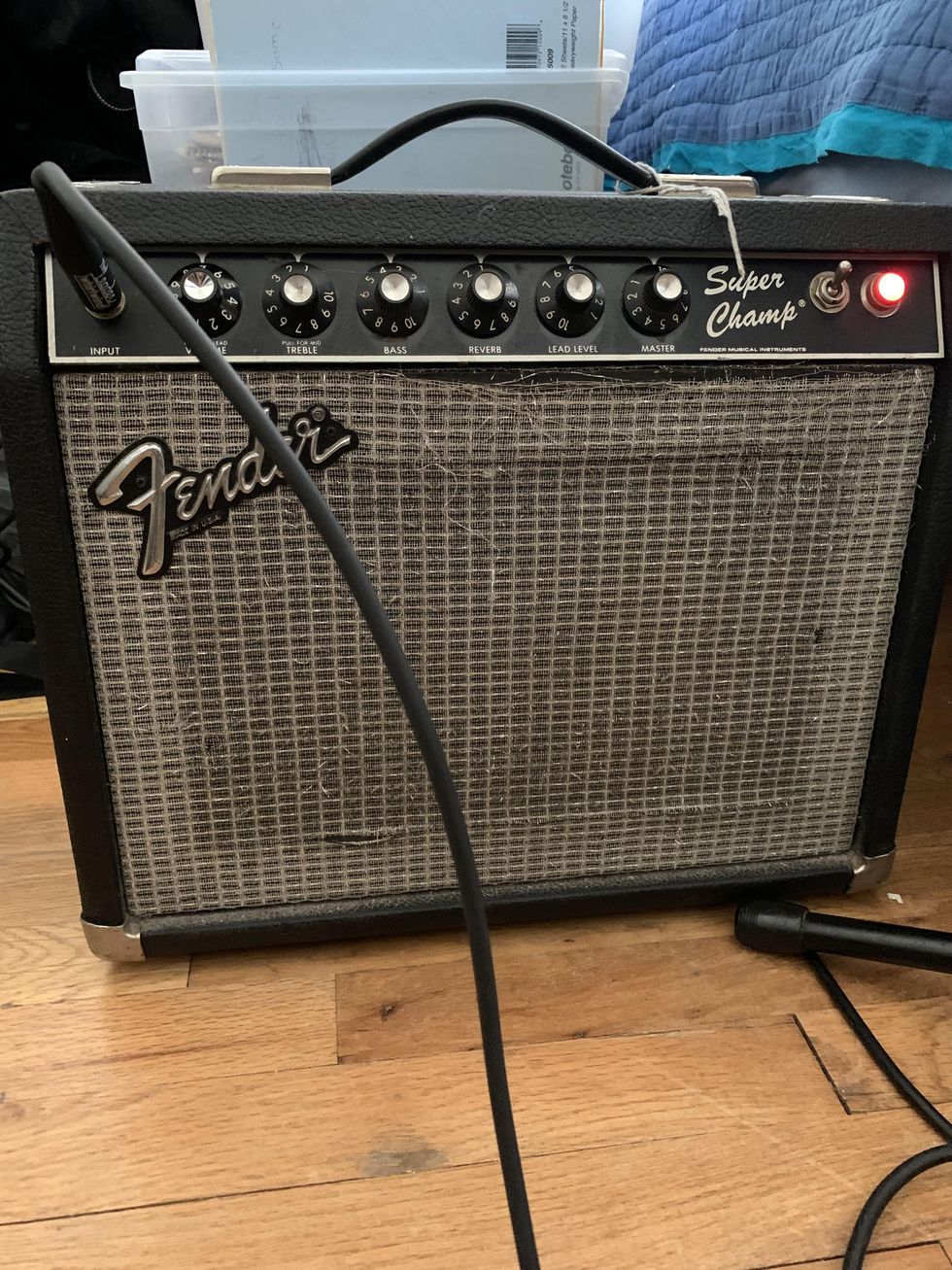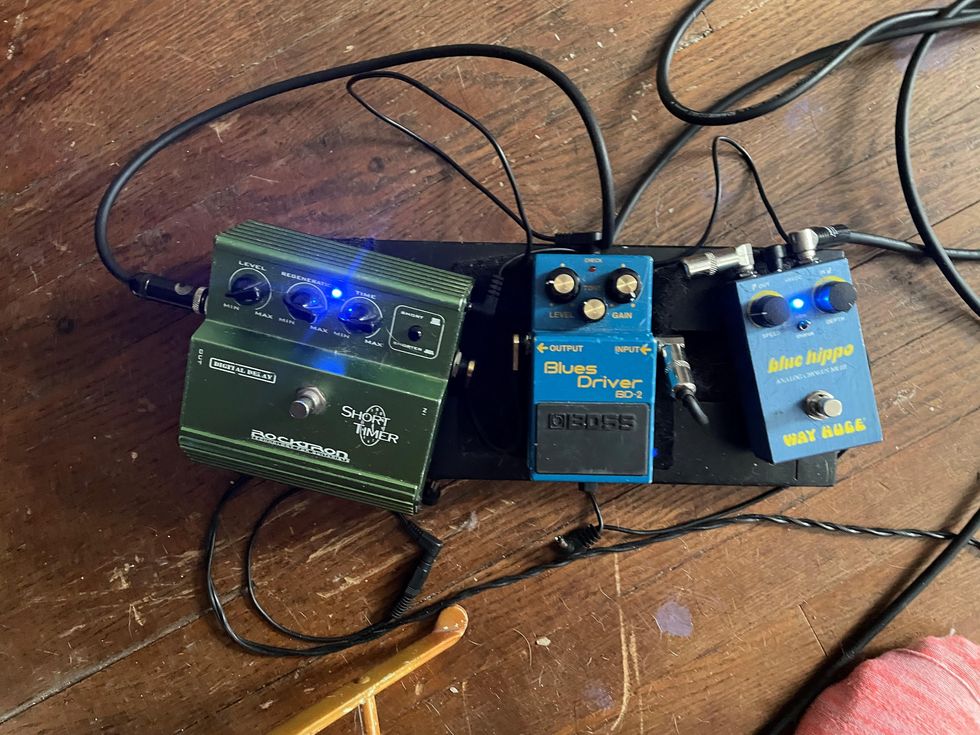To the names Shackleton, Hensen, Hillary, Coleman, Norgay, and Cousteau, let me add that of another great explorer: Gibbs.
Through four decades, Melvin Gibbs has devoutly taken the bass into uncharted territory, both as a leader of his own bands and in a series of projects so poised on the cutting edge that they’ve drawn blood. He broke out in late-’70s New York City as a member of punk-funk outfit Defunkt, and then, along with that band’s guitarist, Vernon Reid, became a staple of drummer Ronald Shannon Jackson’s Decoding Society. He played with Sonny Sharrock for a decade, formed Power Tools with Bill Frisell and Jackson, and created alongside John Zorn, Arto Linsday, and many other notable downtowners. In the Rollins Band, Gibbs and guitarist Chris Haskett built raging bonfires of improvisation. Today, he has his own sound-design and bass project, which released the 4+1 equals 5 for May 25 EP via Bandcamp earlier this year. He also co-leads the anything-goes trio Harriet Tubman, God Particle (a duo with cosmologist and saxist Stephon Alexander), and the Zig Zag Power Trio with Reid and drummer Will Calhoun. That sounds like a lot, but it’s just the surface of Gibbs’ resume—which runs as deep as his tone.
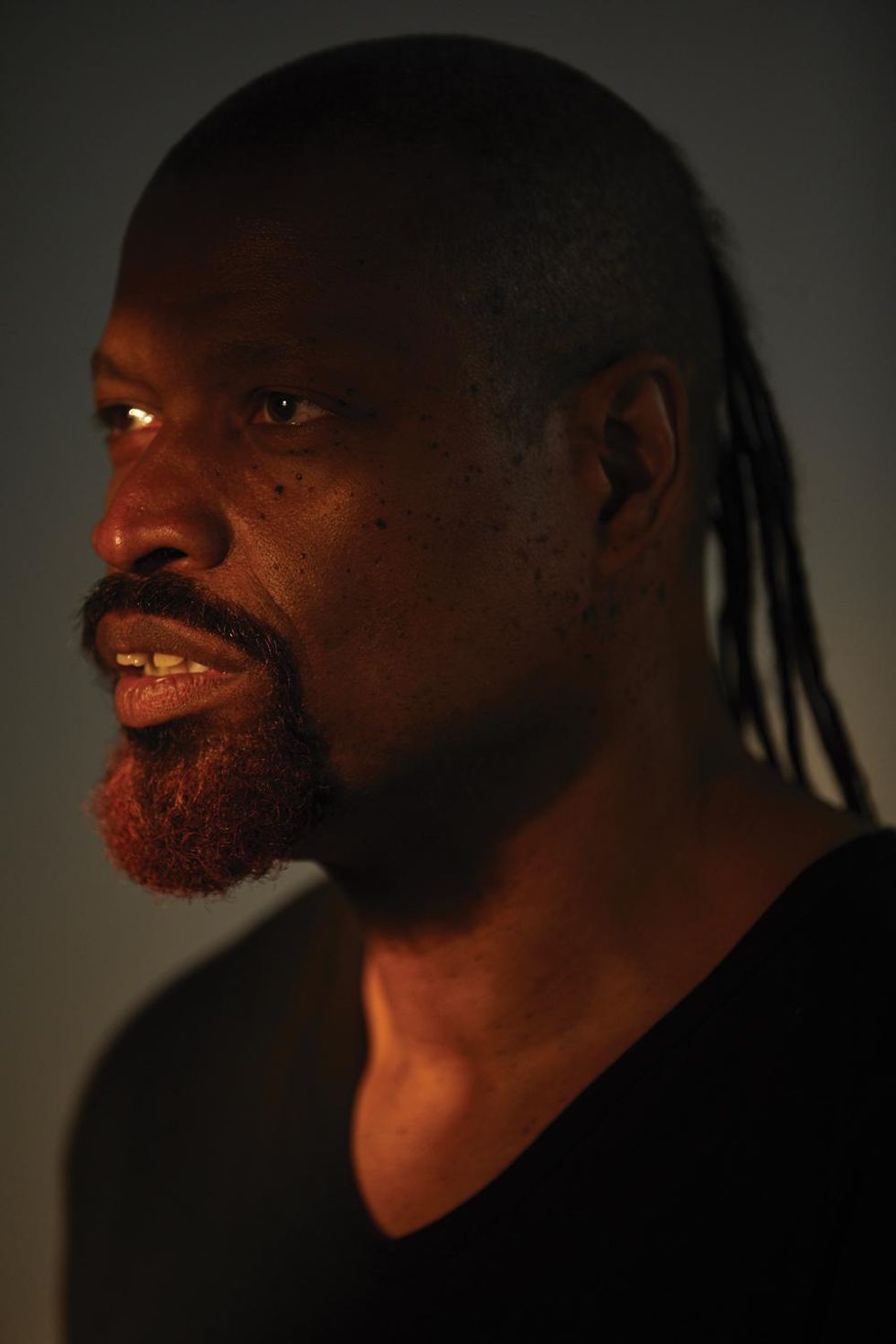
Brooklyn native Melvin Gibbs has been an important figure in New York City’s innovative music scene since the ’80s. He was also bassist in the classic Weight-era lineup of the Rollins Band.
Photo by Kirk Edwards
The radical bassist began a highly exploratory period while playing with the free-jazz-and-melody-driven guitarist Sharrock. He searched for a thumbprint tone and stretched as a soloist, trying to—as Sharrock put it—“find a way for the terror and the beauty to live together in one song.” That’s not an easy task while playing through club and festival backlines, where an Ampeg SVT head is manna, and one in good repair even better. But after joining Henry Rollins, Gibbs found his sound in Mesa/Boogie—initially a Basis M-2000, and then the Big Block 750 that’s been his stage compadre for many years now.
The Big Block 750 is a Gamera of bass amps—a high-flying hybrid. It pairs solid-state and tube tech, with four12AX7s in its preamp stage and a dozen power MOSFETs. It has a 4-dial EQ that includes both passive and active mid controls, plus a frequency knob that helps zero in on precise attack. There’s also a footswitchable all-tube overdrive circuit, with its own drive and master controls. Around the back, there’s an effects loop and a slave output, with its own level control. These 30-pound amps have a reputation for deep resonance and snappy response. And proponents like Gibbs favorably compare their voice to old-school, all-tube heads that need a crane to place atop a cabinet.
“I want to have that thick Brooklyn tone and something that sounds angry at the same time,” Gibbs explains. “The ’80s were a real sonic struggle for me, because the standard Fender bass sound and the Jaco sound were the bookends, and that’s not what I was hearing.” His hunt led him to Michael Tobias Design basses, and his main instrument remains an active 5-string MTD. But the right mix of amp and speakers was elusive until he tried a house Basis M-2000 at New York City’s SIR during a rehearsal.
“It’s better to have something like the Big Block 750 or an SVT at medium volume than a smaller amp at loud volume, because that will eat up your headroom and tone.”
“I liked the sound,” he recalls. “Living Colour was using them as well. I used a dark tone and the brightness bump of the speakers in Mesa’s bass cabs, which is exactly the thing a lot of people don’t like about them, but works well for me live.” So Gibbs decided to Boogie down himself, using the Mesa to simultaneously run a 2x18, a 2x15, and a 4x10 on the Rollins Band’s Weight tour. The 18s were especially helpful to nail the bottom, since Gibbs often used a wah that would cause low-end signal loss. He eventually gravitated toward a Yamaha wah, which sidestepped that issue, and, ultimately, a Moogerfooger filter stompbox. “I like to use the Moogerfooger’s resonance control for 808-type stuff,” he notes.
After his last tour with the Rollins Band, he switched to the more streamlined Big Block 750. “To get a good bass sound, you have to have the power. You can’t really cheat,” Gibbs says. “It’s better to have something like the Big Block 750 or an SVT”—despite that classic tube bass head’s 85-pound heft—“at medium volume than a smaller amp at loud volume, because that will eat up your headroom and tone.”
Gibbs’ doesn’t use the Big Block 750’s built-in overdrive, preferring a Big Muff, a Bogner Burnley, or a Protone that’s so scuffed it’s impossible to read its model name. “I don’t really like any of the bass overdrives I’ve tried, because they don’t have the definition I want,” he notes. An Eventide TimeFactor is also in his chain. For sessions, Gibbs often runs the Big Block direct, and since leaving the Rollins Band, he’s pared down his cabinets, gravitating to a single 2x15 for its more practical dimensions and more effective balance of sound.
Prototaxite
Hear Melvin Gibbs get filthy weird with his Mesa/Boogie Big Block, distortion pedals, and Moogerfooger on “Prototaxite” from the latest Harriet Tubman album, which has the Sonny Sharrock-inspired title The Terror End of Beauty.


